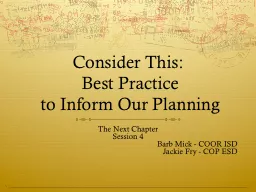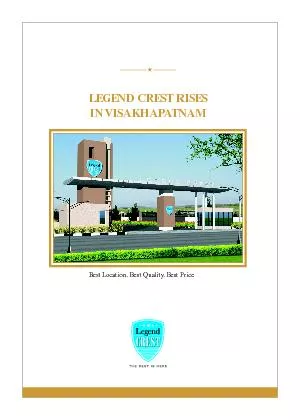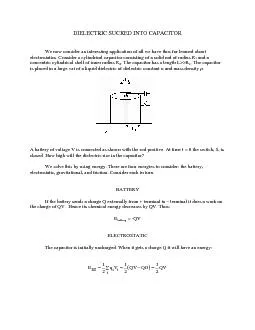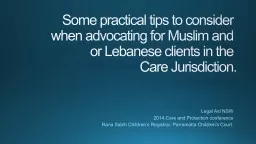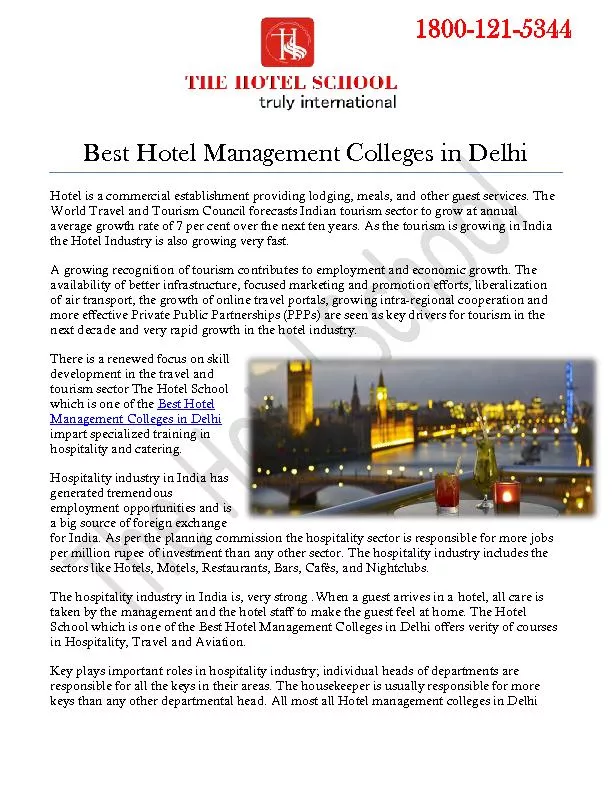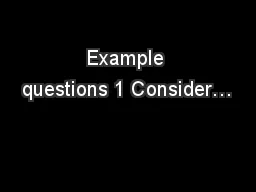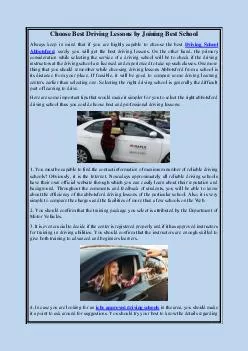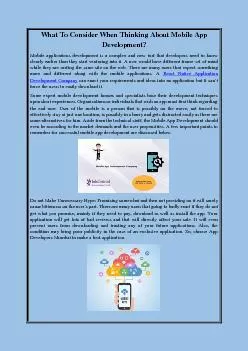PPT-Consider This: Best Practice
Author : natalia-silvester | Published Date : 2018-10-21
to Inform Our Planning The Next Chapter Session 4 Barb Mick COOR ISD Jackie Fry COP ESD Lets check our roadmap Weve introduced assessment thought about our
Presentation Embed Code
Download Presentation
Download Presentation The PPT/PDF document "Consider This: Best Practice" is the property of its rightful owner. Permission is granted to download and print the materials on this website for personal, non-commercial use only, and to display it on your personal computer provided you do not modify the materials and that you retain all copyright notices contained in the materials. By downloading content from our website, you accept the terms of this agreement.
Consider This: Best Practice: Transcript
Download Rules Of Document
"Consider This: Best Practice"The content belongs to its owner. You may download and print it for personal use, without modification, and keep all copyright notices. By downloading, you agree to these terms.
Related Documents

